





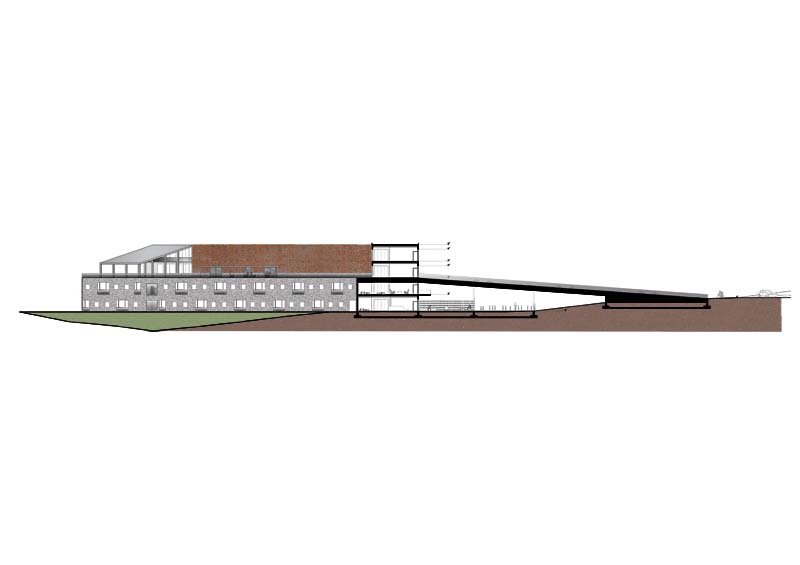

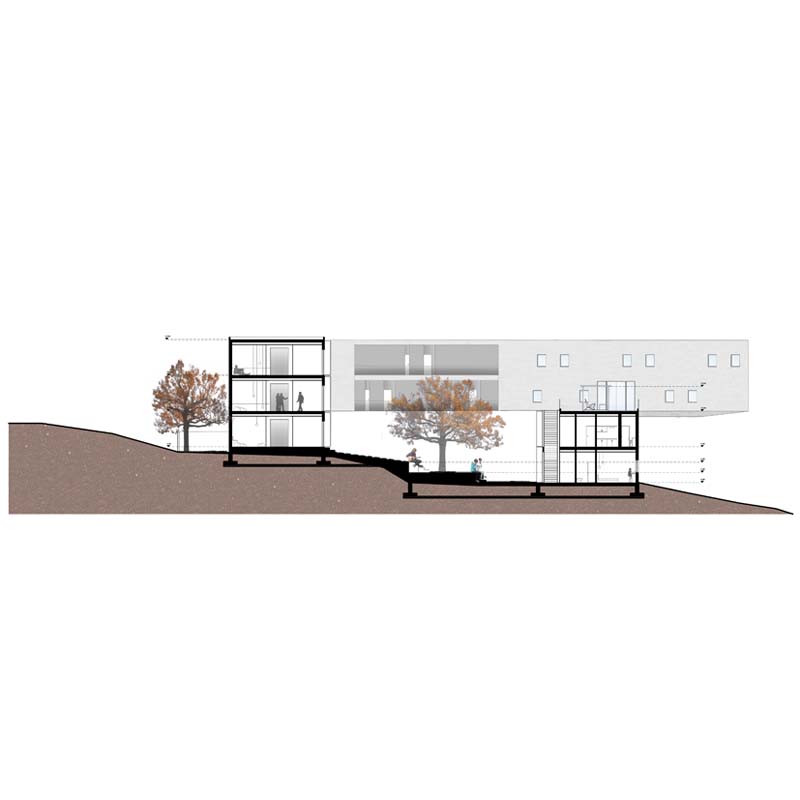



This diploma thesis concerns the creation of a student camp in the city of Ioannina, with an area of 4,558.05 square meters and the possibility of hosting 71 people, having as a basic principle the production of a modern spatial ensemble, friendly to the user and the environment.
A host of activities such as coffee, reading, dancing and projection rooms promote the spirit of teamwork and interaction among users, while providing points of interest and attraction within the building. The access to the bedrooms, however, is controlled, while providing a comfortable living environment for the user.
The location of the building favors quick access to both the university and the city center. The same is applied the building itself as well, which is possible either from the north-eastern side through the sheltered roof-ramp leading to the second floor of the building (access from the city), or to the south-eastern side, directly to the main entrance (access by the University).
The environmental approach of design concerns mainly the sufficiency in natural lighting and air as well as its smooth integration into the surrounding area. A large percentage of the energy demand of the building is provided by photovoltaic panels and solar panels, while making use of ecological and native building materials, aiming at the emergence of local culture, which is quite intense throughout the city. Finally, open-air and semi-open green areas improve the microclimate of the area, as well as the quality of life of the users, helping to create a complete set, which will be a source of attraction and inspiration for the students of the city.
Supervisors: Mitroulias Giorgos, Tsangrassoulis Aris
Reference Number: 721


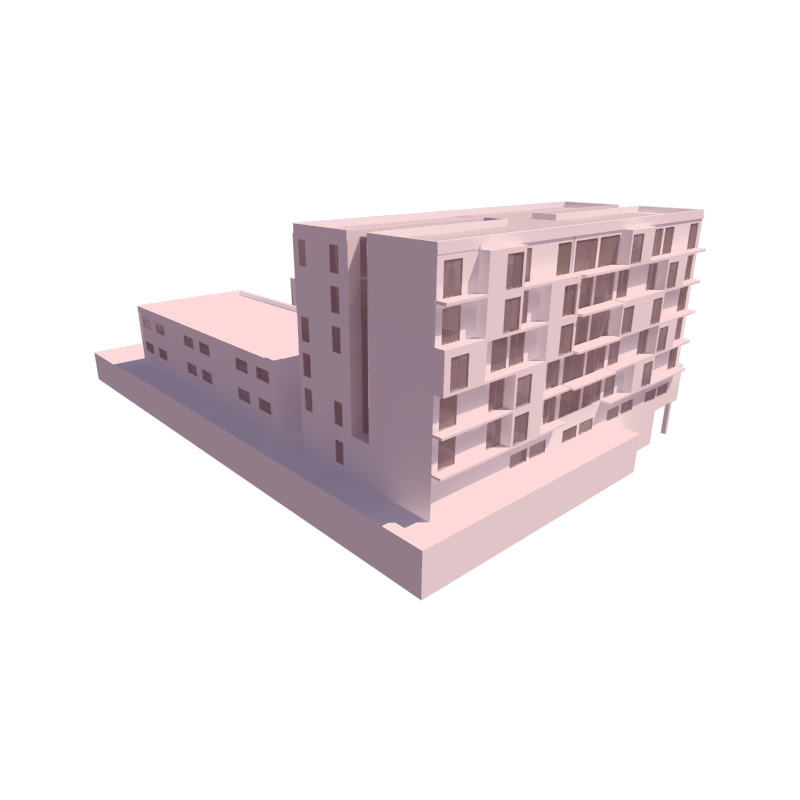

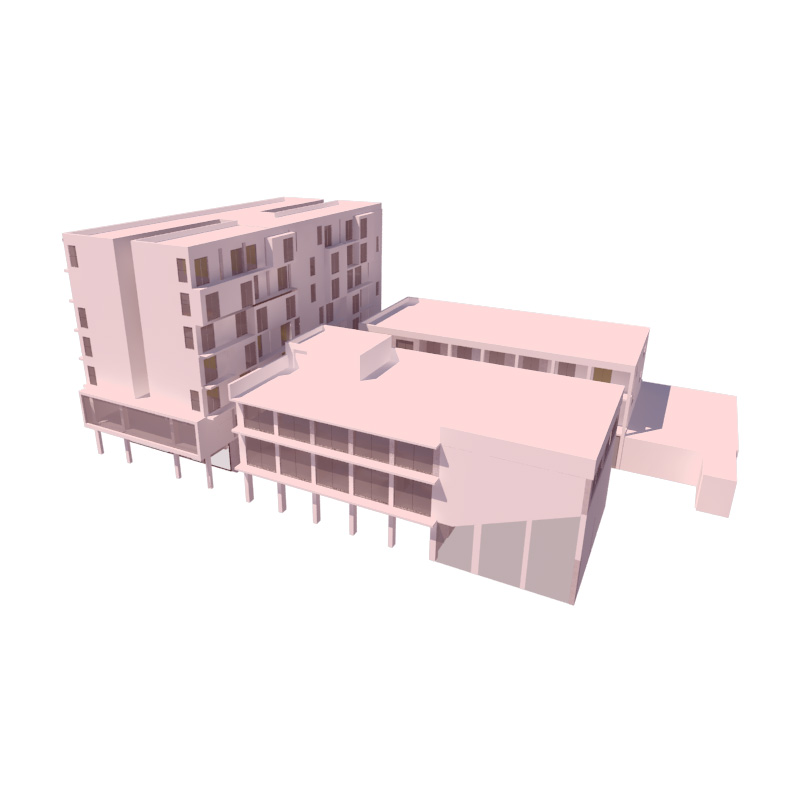

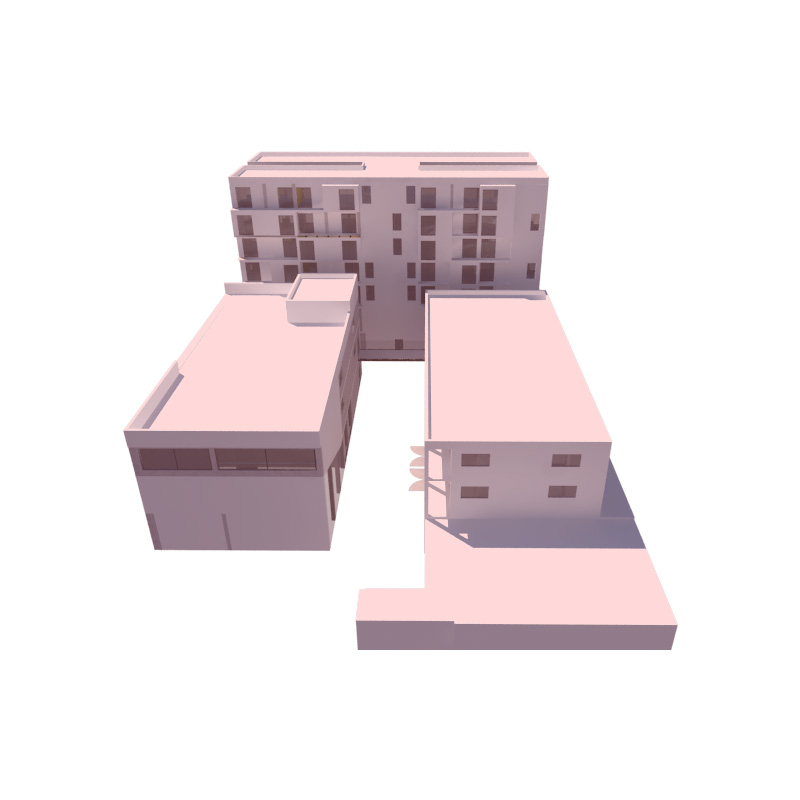



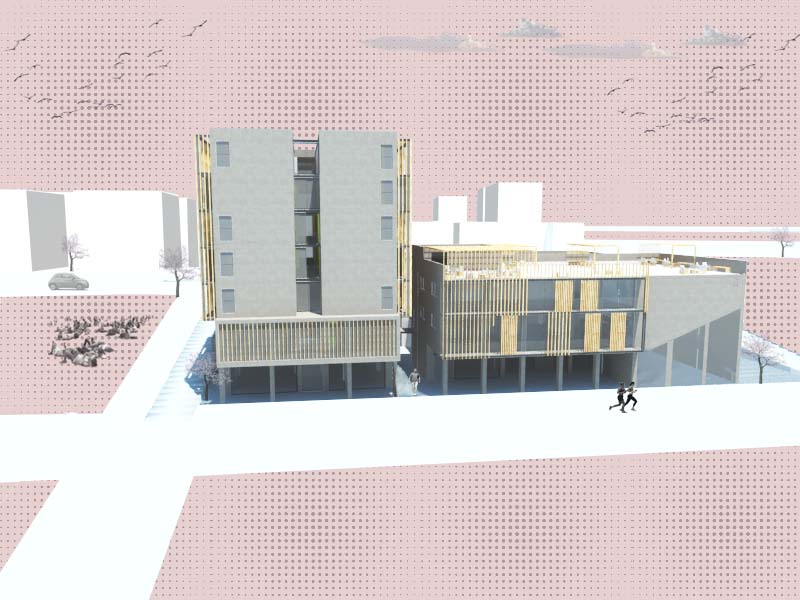

The hospital “Panagia” is a building complex, which is located in the urban fabric of the city of Thessaloniki. Specifically, it is located in the New Fountain of Kalamaria, a residential area near the sea, with several small businesses and a good standard of living.
As student housing, in order to upgrade the quality of life of students and relieving the city center of Thessaloniki which is suffocating. The campus of Thessaloniki needs to be upgraded and expanded to other areas, as it has already become extensively in the western part and to a very small extent in the east. As the city’s needs have increased, rent housing is now difficult and often economically exploitable. Furthermore, in a large city, the existence of student housing will help people in the first years of their stay to integrate smoothly into new life facts without feeling isolated, out of the university. By creating, student communities will form a loud part of society.
The proposed intervention foresees the reopening of the building, the complete configuration of the accommodation and the creation of new functions to fulfill people’s needs.Interventions are based on the main structure of the building, differentiating it into some abstractions and additions of the building.
To conclude, the reconstruction of the building will be based on the energy upgrading, withlower energy consumption, proper exploitation of natural lighting and the location, so that the building is viable pollute less the environment.
Supervisors: Adamakis Kostas, Tsangrassoulis Aris
Reference Number: 740


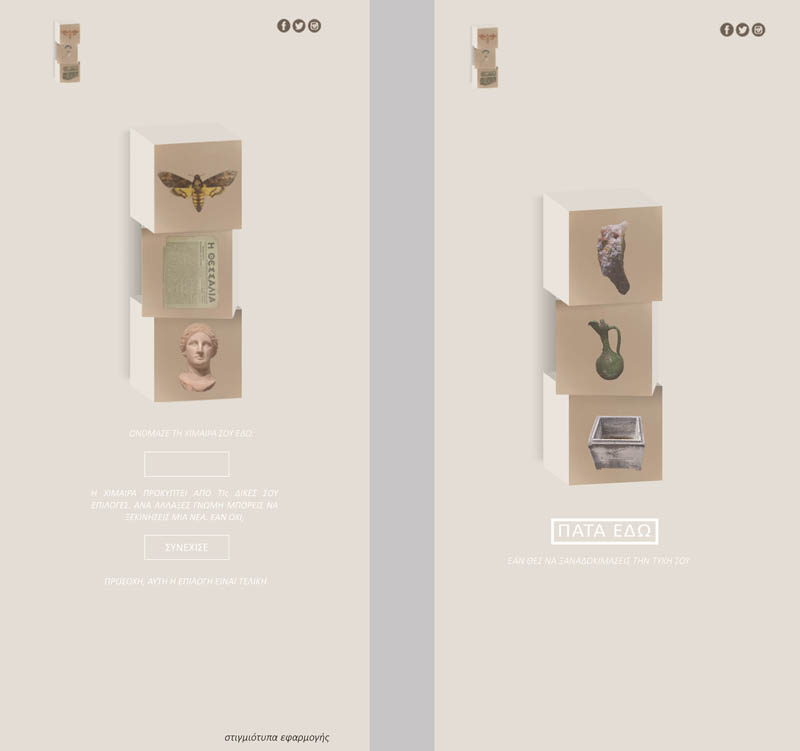

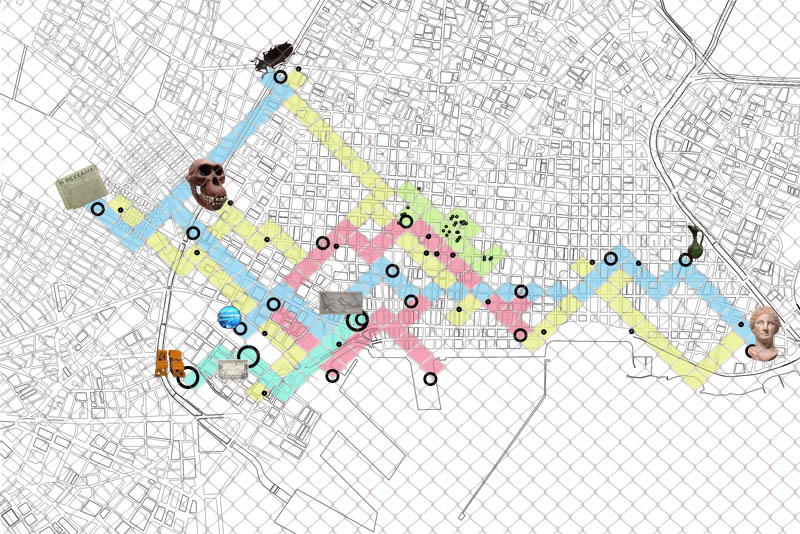

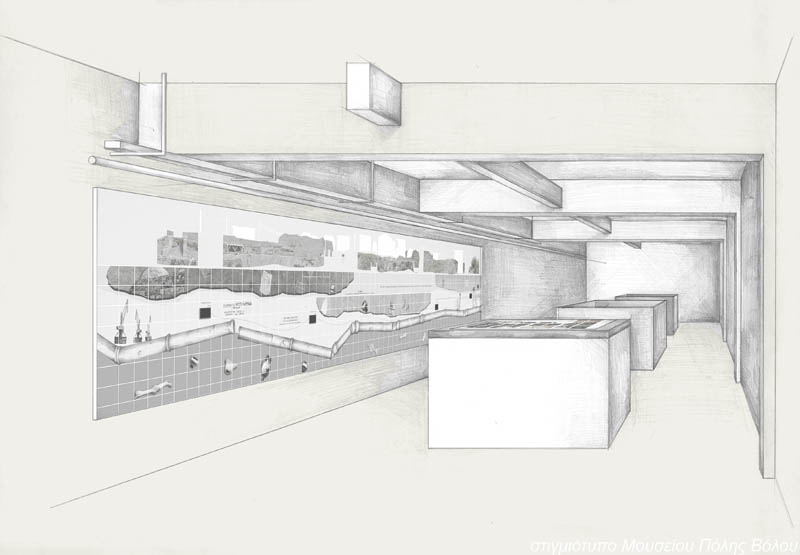

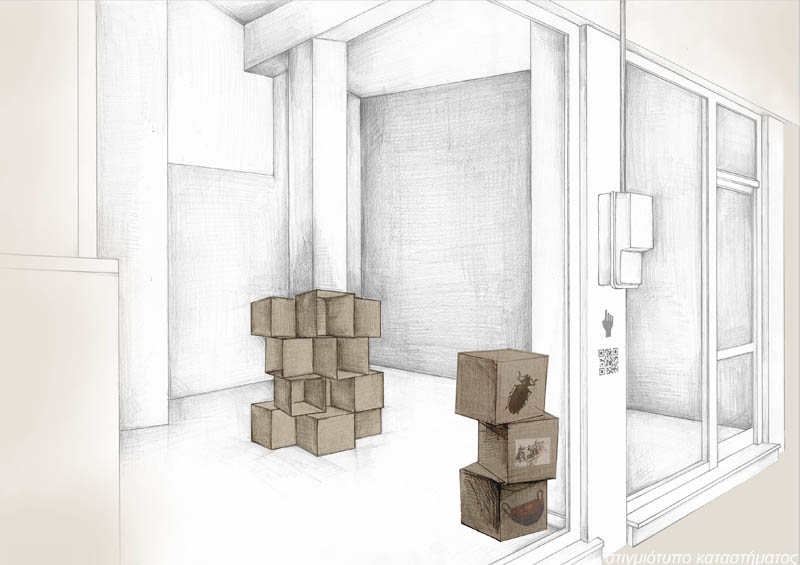

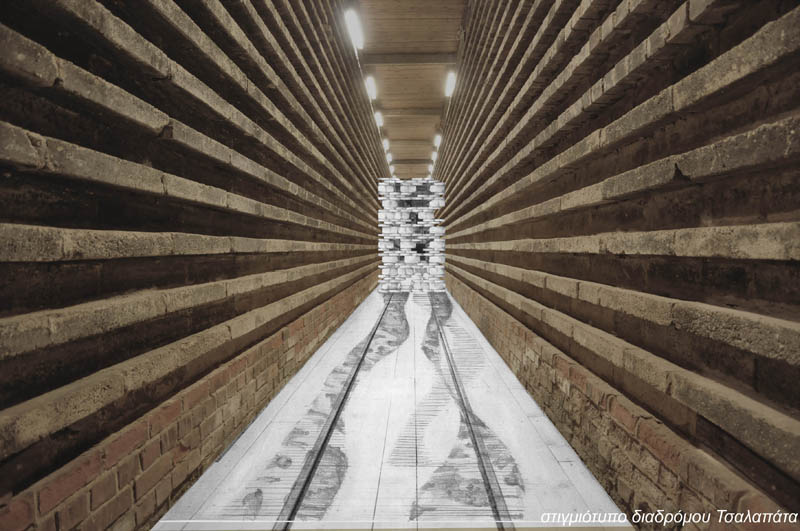

The blending of the traditional institution of a museum with the modern subject raises the need to redefine the relationship between them. By releasing the museum from its established role as a reservoir of knowledge and the visitor as a passive subject, this diploma thesis explores the potential prospects of a museum network that is in direct dialogue with the citizen. The museum experience is modified according to the urban plan. Narrow networks are created on the city's web, through which the subject can come in contact with museum trails. The city becomes the center of interaction, the mediator between a museum and a modern subject. Sensible objects, senses, meanings and narratives are involved and create chimeric scenarios. The museum comes out of its walls, the exhibits are reclassified, re-interpreted, create associations and contrast with disparate elements. This is how chimeras are born. Having as main research objectives the revision of narrative frameworks, sensory experience, interaction and personalization, the proposal includes a cluster of physical and non-simultaneous networks, enhancing and evolving the core of the museums. A network of spatial museum experiences is being created in the city of Volos and, at the same time, a digital application that promotes the subject's involvement with musical stimuli, aiming at a personalized relationship. The combination of all individual elements creates a network of interactions between people; a museum track and a city that leads to narrative paths based on personal processes. The outcome of the research is a collage of disparate elements, a multimodal museum narrative, a potential chimera.
Supervisor: Papakonstantinou Giorgos
Reference Number: 743

